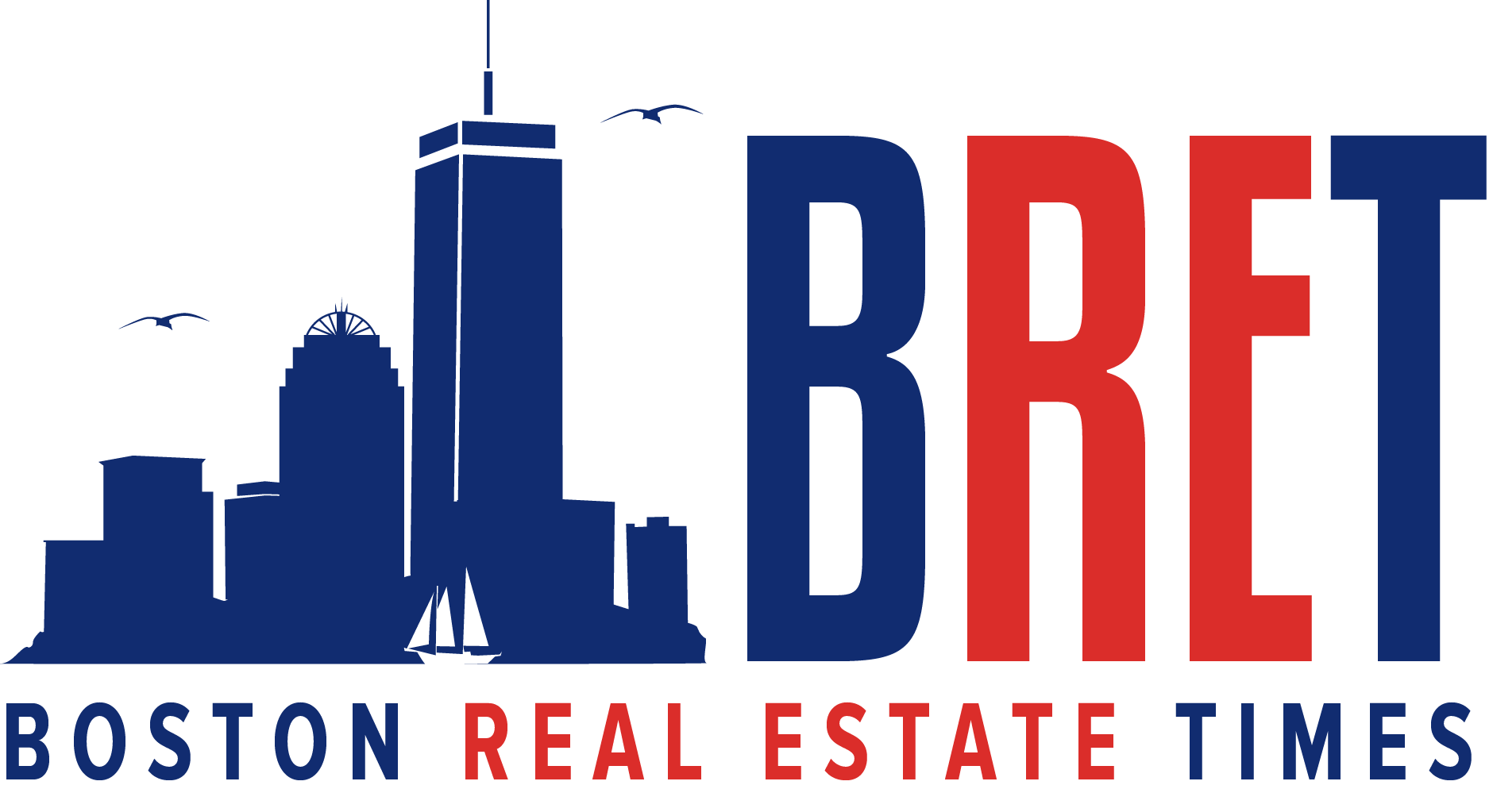NEW YORK — After more than a year of increasing new demand for office space nationally, VTS announced that a bottom to the market occurred in late-2022 and early-2023 – a determination that can only be made after a substantial period of stability and growth within the office market and supporting economic factors, according to the quarterly VTS Office Demand Index (VODI).
The VODI tracks unique new tenant tour requirements of office properties in core U.S. markets, and is the earliest available indicator of upcoming office leasing activity as well as the only commercial real estate index to explicitly track new tenant demand.
 Nationally, new demand for office space marked its 12th consecutive month of year-over-year growth, ending the second quarter at a VODI of 62, a 17 percent increase from a year earlier and a 34 percent increase from when the VODI bottomed out in December 2022 and January 2023 at 46.
Nationally, new demand for office space marked its 12th consecutive month of year-over-year growth, ending the second quarter at a VODI of 62, a 17 percent increase from a year earlier and a 34 percent increase from when the VODI bottomed out in December 2022 and January 2023 at 46.
A notable shift in office-using employment supports the determination that demand for office space has bottomed. After peaking in August 2022, office-using employment fell by 3.9 percent by early-2024, but that trend has stopped, and growth has remained almost perfectly flat since then. In addition, work-from-home rates have declined in recent months, yielding greater demand for office space.
“They say you can only see a market bottom after it has long passed, and demand for office space is no different. In the months after the now-declared bottom, the national needle has moved up slowly, making it vulnerable to a quick about-face amidst economic headwinds,” said Nick Romito, CEO of VTS. “However, the growth the VODI has experienced in the past 18 months combined with positive data on the office-using workforce tells me that the market has reset and the worst is officially behind us.”
While growth in demand for office space nationally is evident, locally, it is more polarized. Some markets, such as Los Angeles and New York City, have experienced healthy growth, while others, such as San Francisco and Washington, D.C., have largely remained unchanged for an extended period.
Los Angeles, for example, saw demand for office space surge in the second quarter to a VODI of 101, briefly surpassing its pre-COVID average. Now at a VODI of 88, the Los Angeles VODI has nearly doubled since bottoming out at 45 in early 2023. New demand for office space in Los Angeles has been fueled by an increase in the average size of office space employers are seeking, up by about 20 percent in June compared to 2022. New York City has experienced a similar trajectory overall but had a weaker second quarter.
“Demand for office space in San Francisco continues to be volatile, which is primarily due to the tech-heavy workforce who largely continues to embrace remote work at a scale not seen across other industries,” said Ryan Masiello, Chief Strategy Officer of VTS. “Markets heavily reliant on the tech sector, such as San Francisco and Seattle, are following a substantially different post-COVID path than more industry-diverse markets like LA and New York City, and it may take a long time before we see office demand return to pre-COVID rates in San Francisco and Seattle.”
Seattle, Boston, and Chicago, with VODIs of 37, 45, and 49, respectively, have been relatively flat for some time.




















